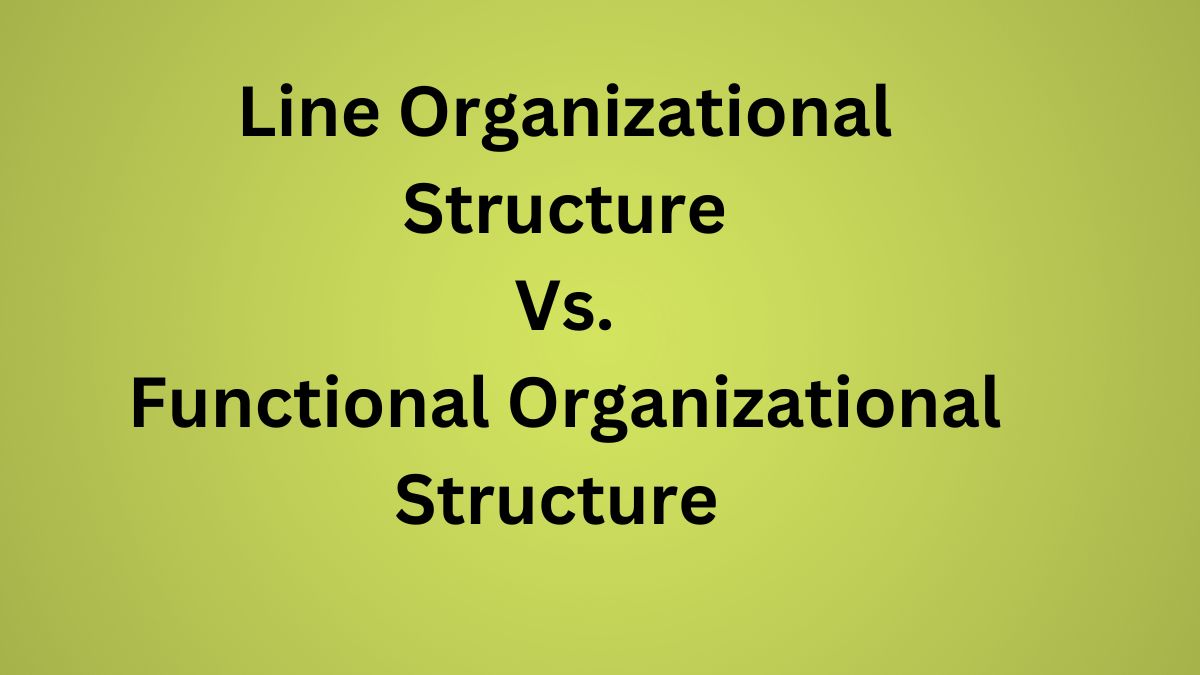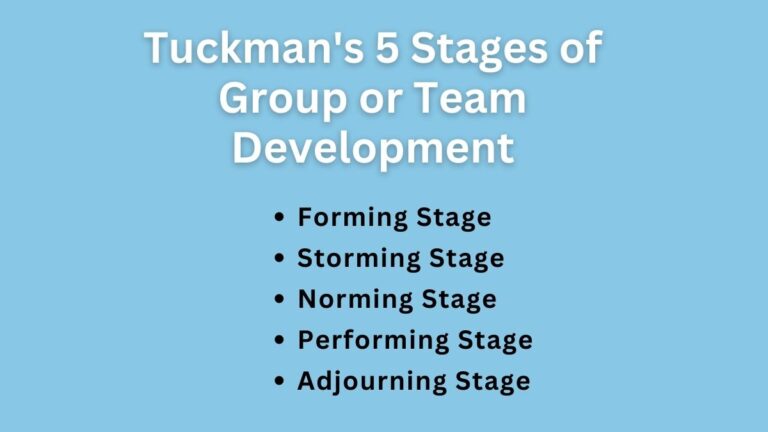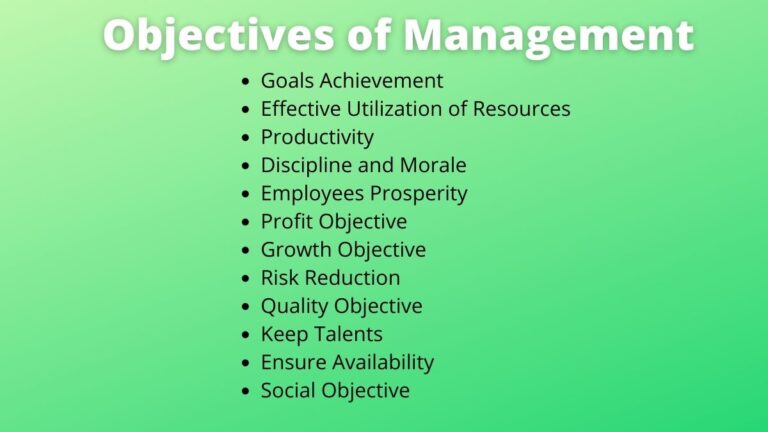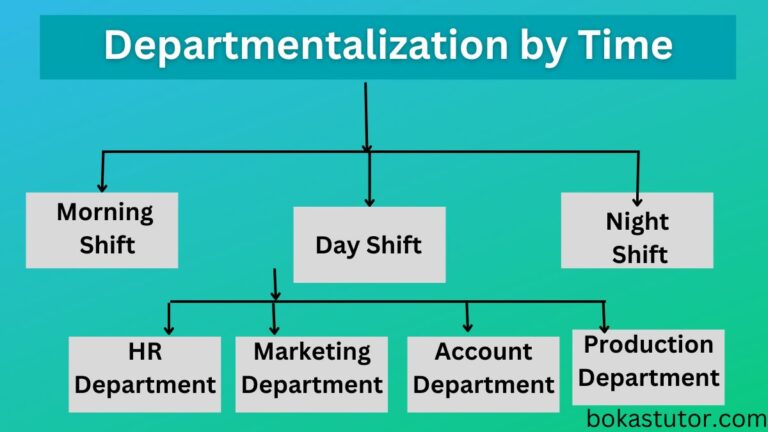8 Key Differences Between Line and Functional Organizational Structure
Line Vs. Functional Organizational Structure
Line and functional organizational structures are two types of organizational structures used in management practice. The line structure is one that has a clear line of authority that flows from top to bottom.
And, the functional organizational structure is one that creates different departments depending upon the nature and type of work of the organization.
Let’s discuss what the line and functional organizational structure are and the differences between them.
What is Line Organizational Structure?
It is the organizational structure having a clear line of authority. It creates a vertical relationship in the organization. It is the simplest form of organizational structure.
Whenever we think about an organization, we think the manager is the highest position holder and all employees work under him. The same is true in the line organization. It is a centralized organizational structure. The top manager holds the decision-making power and all employees have to abide by his instructions.
What is Functional Organizational Structure?
Functional organizational structure divides the whole task of the organization into different departments. The departments are formed based on the work’s nature and types.
The functional organization provides the benefits of specialization. Here, for every department, a departmental head or functional specialist is assigned and given the necessary rights to carry out the functions of the respective departments.
Difference Between Line and Functional Organizational Structure
The following are the main points that differentiate between the line and functional organizational structure.
Related: Line and Staff Organizational Structure
Definition
The line structure can be defined as the structure where there is a direct line of authority from top to bottom in the chain of command.
Similarly, the functional structure can be defined as the structure in which an organization’s activities are grouped into different functions, and each function is assigned to a functional specialist.
Simplicity
Line organization is a simple structure in which every organizational member is aware of positions and responsibilities. As compared to the line, the functional structure is complex as there is a lack of a clear line of authority.
Unity of Command
In line organization, there is the unity of command as such each employee has to work under only one superior at a time. This reduces confusion among employees and increases their working efficiency.
Whereas, in a functional organization, each subordinate has many superiors to command him which creates problems of reporting among employees.
Centralization or Decentralization
In a line organizational structure, there exists a philosophy of centralized authority as such the top manager has the right to make decisions and lower-level authorities do not have such rights.
On the other hand, the functional organizational structure is more decentralized than the line structure. Here, functional staff members are entrusted necessary authority to make decisions in their own departments.
Costs
The line organizational structure is more economic than functional structure. Because the functional specialists are involved in every department, they require more pay and services from the firm which comparatively increases the cost of the firm.
Speed in Decision-Making
Since there is a single manager who can make decisions, the line structure can make quicker decisions. Whereas in a functional structure, managers have to consult with functional specialists before making a decision, this process increases the time of decision making.
Specialization
The line structure does not facilitate the benefits of specialization. But, the functional structure facilitates the benefits of specialization as it promotes the division of work among employees based on their area of expertise.
Workload
Since top executives have to involve themselves in both routine and strategic activities they are usually overburdened in line organizations. On the other hand, in a functional organization, the top management does not have such amount of workload as he has divided the task among various functional specialists.
Read Next: Geographical Organizational Structure
Sajan Kushmi is a content writer with more than 4 years of experience. He holds BIM Degree. He write on the topics related to Management, Marketing, and Entrepreneurship.






